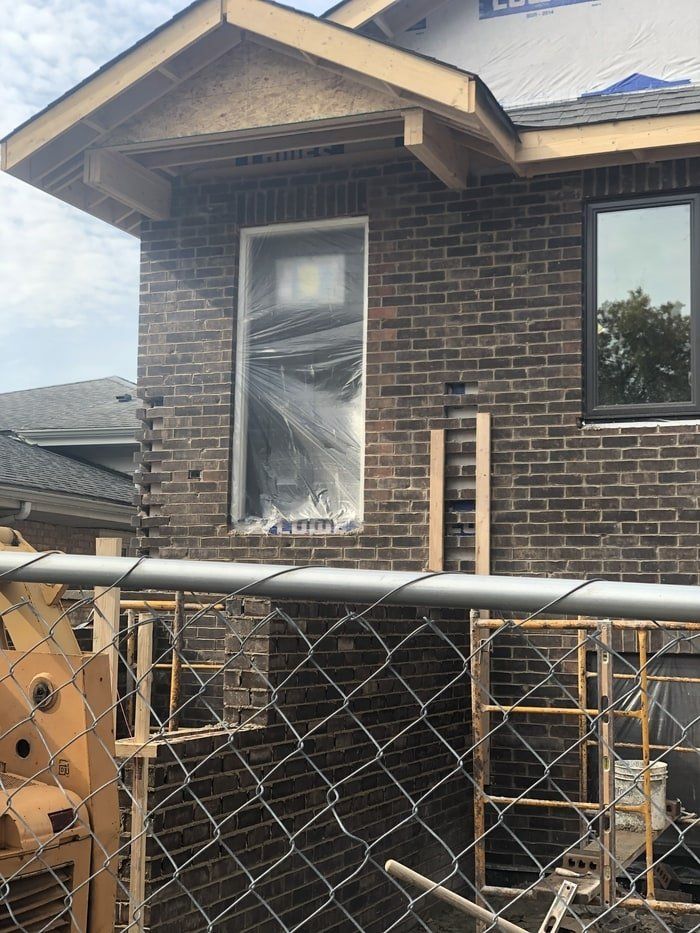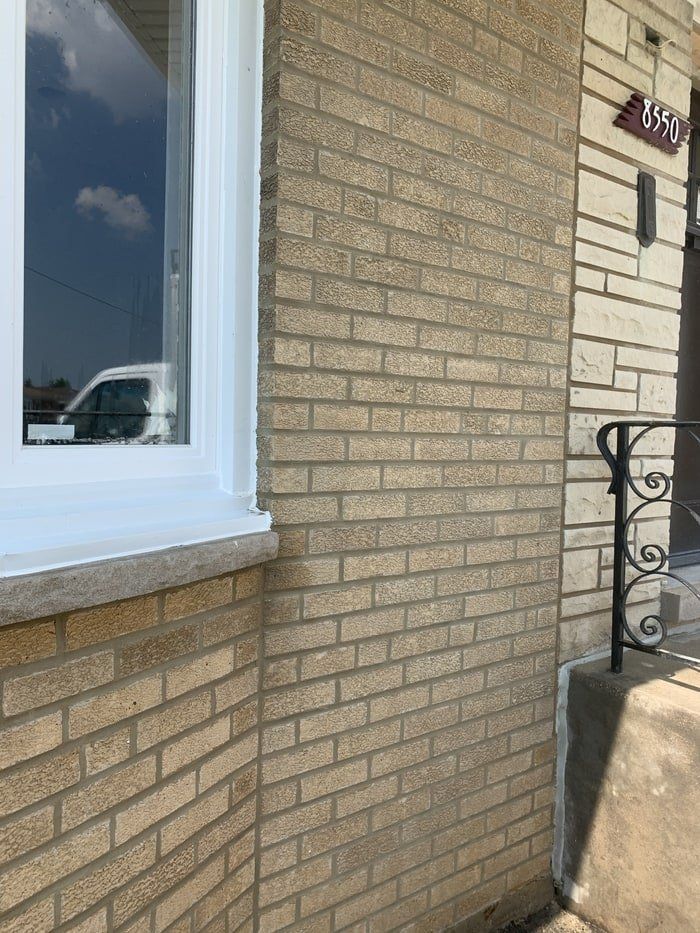Can you finish a basement with efflorescence?
Are you a homeowner who still has an unfinished basement? Just like you, there are many people who have been putting their basement renovation off for a couple of years already because it is one of the rooms that is hidden and often not visited by guests. This is why finishing a basement is usually one of the work in the house that is done last.
When you already have the time and money you need to have your basement finished, you are probably surprised to see salt-like substances clinging on your walls and on your floor. This substance is called efflorescence.
If you do not know what efflorescence is, you may be getting worried about the matter of finishing your basement and if it would be okay to start the process without getting a remedy on the efflorescence problem and why it is present in your home. After all, you would not want to spend all that effort and money in basement finishing only to know afterward that you may have to do it again because of the pesky white powder.
If you are asking whether it would be right to ignore the white substances and start your project, our answer is no. Though efflorescence may look like a harmless powder, it would be unwise to start finishing your basement without addressing the efflorescent problem at hand first.
So, what is efflorescence?
Efflorescence is essentially a mineral deposit that is the result of a particular chemical reaction happening in the structure of your material. This substance often finds its way on brick and concrete walls and can make its overall appearance look weird and ugly.
At first glance, efflorescence can be seen as a white powder or a powder with a darker shade of color, and can sometimes be yellowish. Oftentimes, most homeowners mistake efflorescence as mold. To help you distinguish the two, wear gloves and squeeze the substance between your fingers. Efflorescence turns into powder when squeezed while mold does not. Mold can also be in any color, while efflorescence is only seen in the color white, yellow, or brown. Though both of them are an eyesore, mold and efflorescence are entirely different from each other.
Because of their appearance, efflorescence is mainly seen as an aesthetic problem and is one of the main enemies of architects and people who do home makeovers.
To get an accurate computation of the support your lintel needs, it would be best to get the help of a contractor and they will be able to do it for you, as it will be difficult to put an estimate when we do not know about the specifics of your building. When you are able to get assistance from a contractor, you can send them the details for a more helpful assessment or you can ask them for an inspection to get an even more accurate data.
Why do lintels need support?
Even if a lintel’s main job is to support weight, they would also need to be assisted. Because these horizontal beams are often placed between two walls, they will be installed on top of these openings and will also have to rely on the other support structures of a home or building.
Lintels are a part of a structure and they exist to make the entire structure more stable and helps maintain its integrity. Like the other parts of a building such as a roof, wall, windows, and many more, each has their own roles, and it would be impossible for a lintel to efficiently do its part without getting help and assistance from the other structural parts.
Benefits of having a lintel?
There are so many advantages that come when you have a lintel installed on your residential, commercial, or industrial property.
Some of these are:
- It prevents your walls and ceilings from sagging and cracking.
- It helps in protecting the building from the effects of natural movements of soil.
- It assists the building when there are unexpected and unavoidable events such as heavy storms and earthquakes as it can help support the load of the structure.
- It can protect your windows and doors and makes them less prone to break, especially with panes that are made from glass.
- It can make your home more attractive. Lintels are not only used as support elements but are also utilized by designers and architects to add more personality to a building.
Is a lintel necessary to every structure?
There are so many benefits to having a lintel on your home, but they are not a requirement. If you only have a small building that will only be used for residential purposes, having lintels installed may not be necessary. However, if you really want to have one placed above the openings, you can ask your contractor for a not so expensive one that can also be functional in your home. After all, having one or two supports can be very helpful to maintain the integrity of your building and can be a good investment especially if you have extra funds.
How much does it cost to have a lintel installed?
The cost of having lintels installed would depend on several factors, such as the material that you want, its dimensions, and other factors. Some types can be more expensive when compared to others, and can be more ideal depending on what you will need them for.
Types of Lintels
Here are the most common materials that are used to make a lintel.
- Wooden Lintels
Lintels made of wood are often considered the traditional ones as they were one of the first materials that were available to be made to support the openings of doors and windows. Wood lintels are not as common nowadays as they are flammable and are weaker than the other materials, not to mention that they can also be home to some insects. However, there are still some homeowners who like the feel and aesthetic of wooden lintels and have them placed for design purposes.
2. Stone Lintels
Lintels made of stone can be very attractive and pleasing to the eye, however, they can be very expensive due to their heavy weight that is difficult to transport. Stone lintels are also considered weak in strength and can break when placed in areas with high humidity.
3. Reinforced Cement Concrete Lintels or RCC
Lintels made of reinforced concrete are an enhanced version of standard concrete and is one of the most used material in present time used for construction and building. RCC Lintels are capable of carrying heavy loads and are resistant to fire.
4. Stainless Steel Lintels
Lintels that are made with steel can be very expensive, but is truly worth the price that it sells for. Modern stainless steel lintels are now made to resist corrosion more effectively and can also carry much heavier weight and loads. Due to their strength, they are often used in buildings that are for commercial and industrial use.
Depending on the function that you need your lintel to perform, some materials will suit your home more. It can be overkill and expensive to have steel lintels when a lintel made of reinforced concrete can get the job done. Before having a lintel installed, it would be helpful to do some research first.
Can you install a lintel yourself?
You can certainly install a lintel on your own, but it would be better to contact a contractor to be safe. Ask around your area for the most trusted workers and ask for their suggestions.



